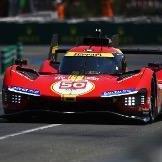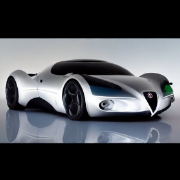Le Mans 2015 [wec]
-
Contenuti simili
-
WEC 2024 - Lone Star Le Mans (COTA) 30-31/08-01/09 1 2 3 4
Pubblicato da Unperdedor,
- mondo endurance
- le mans
- (e 8 altri in più)
- 38 risposte
- 3916 visite
-
WEC - Aston Martin Valkyrie AMR LMH 2025 1 2
Pubblicato da Aymaro,
- 24h
- aston martin ufficiale
- (e 8 altri in più)
- 15 risposte
- 2828 visite
-
WEC 2024 - 24 Hours of Le Mans - 12-16/06/2024 1 2 3 4 31
Pubblicato da Unperdedor,
- mondo endurance
- le mans
- (e 8 altri in più)
- 303 risposte
- 26761 visite
-
-
-







.thumb.jpg.902d2a4f20a129e92b6f6920407b81bd.jpg)














.thumb.jpg.46228d717c405acd43b45b79fddce6a4.jpg)



Messaggi Raccomandati:
Crea un account o accedi per lasciare un commento
Devi essere iscritto per commentare e visualizzare le sezioni protette!
Crea un account
Iscriviti nella nostra community. È facile!
Registra un nuovo accountAccedi
Sei già registrato? Accedi qui.
Accedi Ora